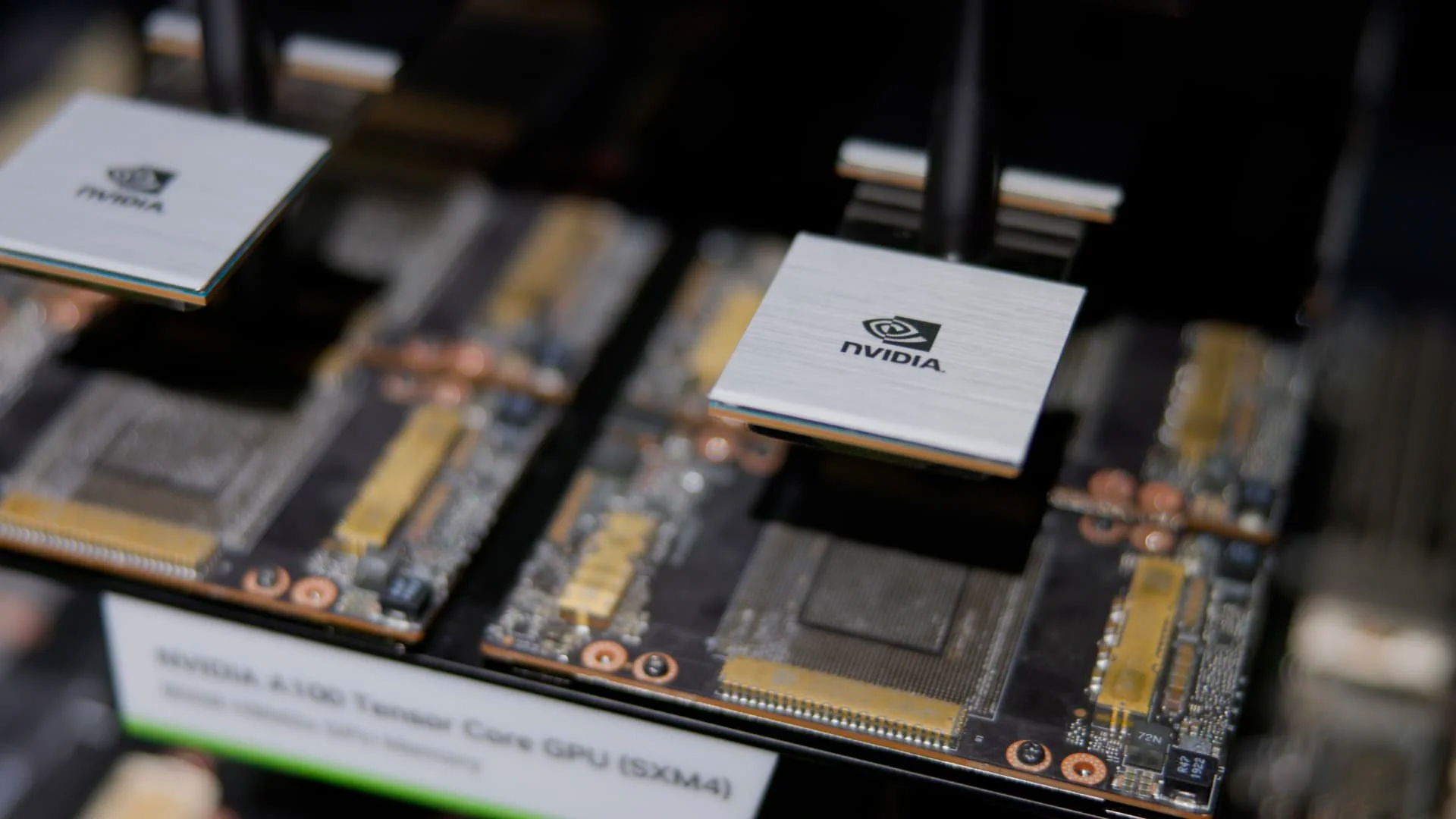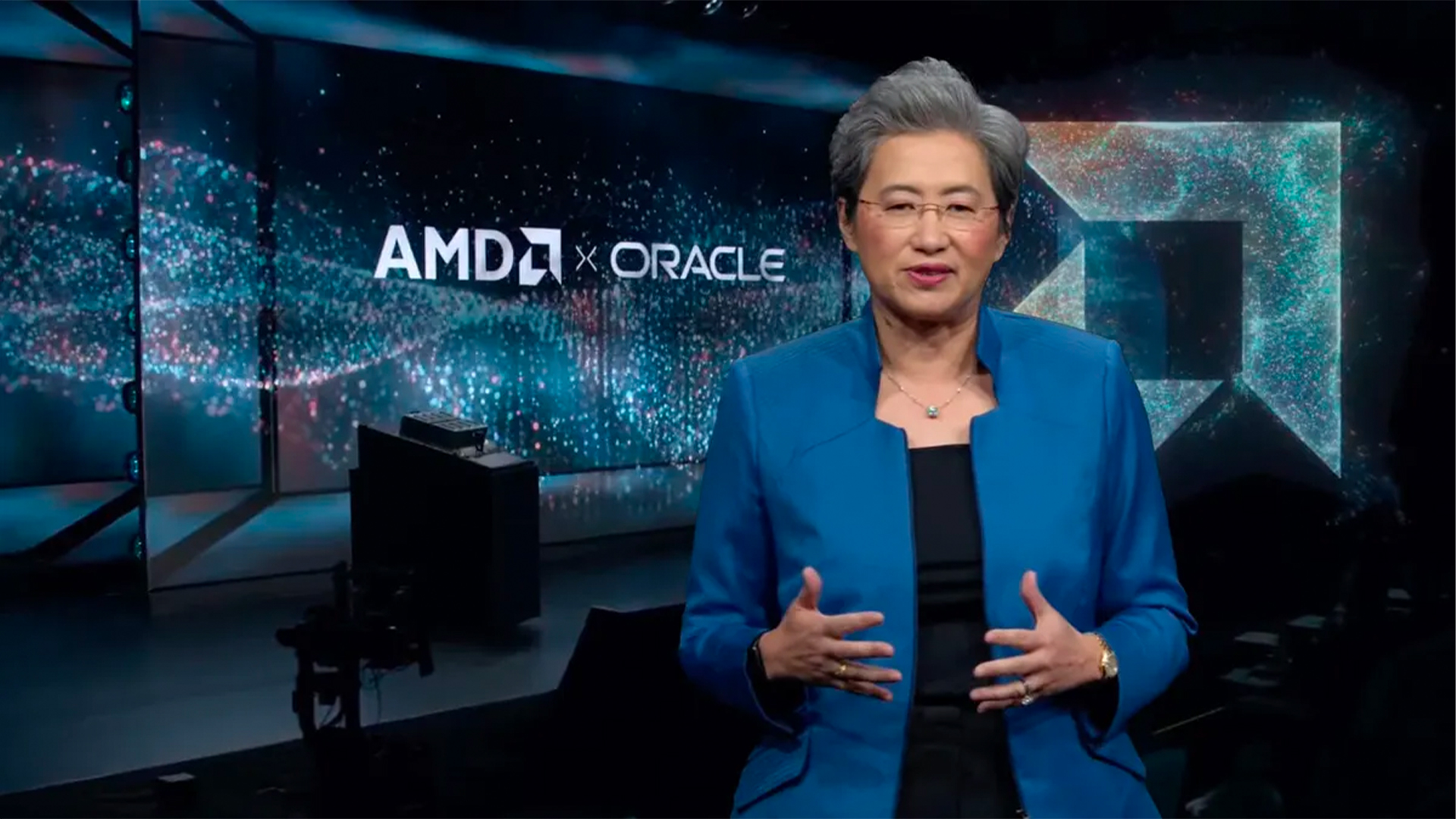It’s been over a month since AMD showed Ryzen to the world and injected new life into the PC market. Today, the mid-range Ryzen 5 makes its way to store shelves the world over, including India.
We’ve already spoken at length on the new Zen architecture and what makes Ryzen tick. Details of pricing and availability of Ryzen 5 in India have also been covered here .
| Product Line | Model | Cores | Threads | Base Clock (GHz) | Boost Clock (GHz) | Included Cooler | TDP (Watts) | Suggested Price, (INR) |
|---|---|---|---|---|---|---|---|---|
| AMD Ryzen 5 | 1600X | 6 | 12 | 3.6 | 4 | N/A | 95 | Rs 18,199 |
| AMD Ryzen 5 | 1600 | 6 | 12 | 3.2 | 3.6 | Wraith Spire | 65 | Rs 15,799 |
| AMD Ryzen 5 | 1500X | 4 | 8 | 3.5 | 3.7 | Wraith Spire | 65 | Rs 13,799 |
| AMD Ryzen 5 | 1400 | 4 | 8 | 3.2 | 3.4 | Wraith Stealth | 65 | Rs 12,199 |
Suffice it to say that the Ryzen 5 lineup is priced and positioned squarely against Intel’s Core i5 line and, on paper at least, the comparison is very favourable to AMD.
Today, however, let’s take a look at the progress that AMD has made with Ryzen and what it can potentially achieve with the platform. After all, Ryzen isn’t perfect and reviewers have noted a number of performance discrepancies with the platform. Intel is also holding its own on the gaming front, handily beating Ryzen despite offering fewer cores.
Ryzen has had an indisputable edge in rendering performance, the massive number of cores in its price range are responsible for that. Ryzen’s new architecture, however, means that a number of applications, particularly games, are unable to take full advantage of these extra cores. Some reviewers have, in fact, found that disabling certain Ryzen features dramatically improves performance in some cases. AMD has also promised that it will work with game developers to optimise games for the platform.

With Ryzen 5, this is all the more important because Intel’s Core i5, and the 7600K in particular, has been the king of gaming, and this is the king that AMD has to overthrow if it intends to make a mark.
The first game we’ll be looking at has to be Ashes of the Singularity. It’s not a new game and it received an average rating, but it’s been the poster child for multi-threaded and DirectX 12 performance. One might even argue that it’s the sole reason for its existence today.
AMD should have had an advantage in this benchmark. The game is supposed to be optimised for multiple cores and AMD’s offerings run at a higher speed when compared to Intel’s offerings with the same number of cores.
Strangely enough, Intel still had a significant edge here.
AMD worked with Oxide and Stardock, the makers of the game, and released a patch.
PC Perspective tested the patch and discovered a 17-30 percent increase in performance on AMD Ryzen chips. This is a huge jump in performance, but as PC Perspective notes, the Ryzen 7 1800x still performs worse than the Intel 6900K. Of course, the 6900K is way more expensive than the 1800x, so when it comes to value for money, even for gaming, AMD is on the right path.

ArsTechnica also analysed PC Perspective’s data and have come up with an explanation for Ryzen’s performance irregularities.
The first issue, says ArsTechnica, is the way out-of-order execution is handled. Out-of-order execution is a method of pre-emptively performing operations for a program before they’re required by a program and stores the results. A program needs the results of these operations in a specific order, however. If the prediction mechanism is good, all the data a program needs will already be available to it. If the prediction wasn’t accurate or there was some error, that stored data will be useless and will need to be discarded.
Regardless of the penalties of having to discard data, the advantage of predicting required data by utilising unused processing power is usually worth it. ArsTechnica believes that AMD’s new architecture means that this code hasn’t yet been optimised for it. The result is bad predictions, wasted clock cycles and a drop in performance. AMD is now championing the use of modern compilers like Visual C++ 2017, which better support Ryzen.
The second issue that was discovered relates to the handling of CPU cache. CPU cache is memory that’s on the CPU die itself. This cache is blisteringly quick and absolutely essential for fast operations. The cache itself is rather small, however, usually 2-16 MB, and sometimes, it just makes more sense to use system memory, like RAM.

When it’s known that the results of certain instructions aren’t required immediately, they’ll be sent to the slower RAM. Instructions called non-temporal instructions bypass the cache and write straight to RAM.
If not handled correctly, however, these instructions can severely limit performance. ArsTechnica suggests that Ashes of the Singularity did something with non-temporal instructions that just didn’t work for Ryzen, while having no impact on Intel performance.
Yet another issue affecting game performance, it turns out, is how Ryzen handled power consumption.
Apparently, cores can be parked, i.e., inactive cores can be powered down when not needed. This is useful for saving on power, but the increased latency in powering the core back on can be detrimental to overall performance.
In Rome: Total War, it was noted that core parking resulted in an 11 percent performance hit on Ryzen. AMD has since released a new power management profile to better handle this issue.
Lastly, the strangest issue with Ryzen is the fact that its’ performance is literally tied to RAM speed. A lower RAM clock speed means that your Ryzen CPU’s performance will drop. By design, Ryzen is made up of blocks of 4 cores each. These blocks communicate with each other at a speed determined by RAM clocks, hence Ryzen’s heavy dependence on RAM speed.

The problem here is consistency, with different combinations of boards, RAM and processors giving different results.
Firmware upgrades are slowly being rolled out to deal with the issue.
These issues and a number of others dealing with thread counts, instruction sets and a whole lot else are causing the performance issues with Ryzen.
Zen is a new architecture, after all, and these initial teething troubles are expected.
We spoke to Travis Kirsch, who heads product management at AMD, and asked him about AMD’s work on improving gaming performance on the platform. While he didn’t reveal any details of the work, he assured us that AMD was working with some of the biggest developers to ensure that their titles were fully compatible with Ryzen and would perform optimally.
A new architecture is a complicated thing of course, and judging by what we’ve seen so far, it does take some effort to get things working perfectly on Ryzen. Older games may not ever be updated to work better on Ryzen, but with newer titles, this is more likely.
Game developers haven’t bothered building their games with support for anything more than 4 cores because they never had to. The Intel Core i5 is the standard gaming CPU today, so why bother? With Ryzen undercutting Intel’s CPUs on price and doubling the core count, the base line for number of cores just went up.
Also, as Kirsch explained to us, Intel’s been making 14 nm chips for years now. This is only AMD’s first attempt, and it’s already threatening Intel’s dominion in the PC space. Overtime, things can only improve.
)
)
)
)
)